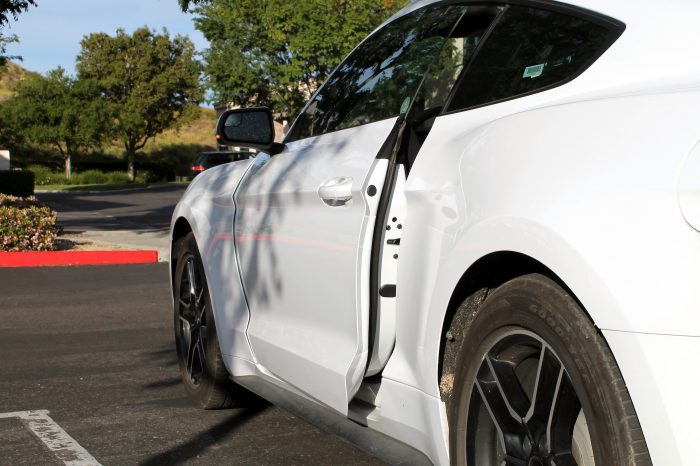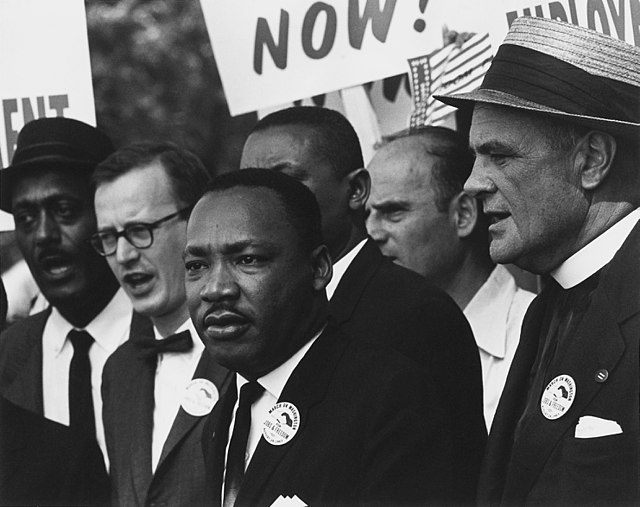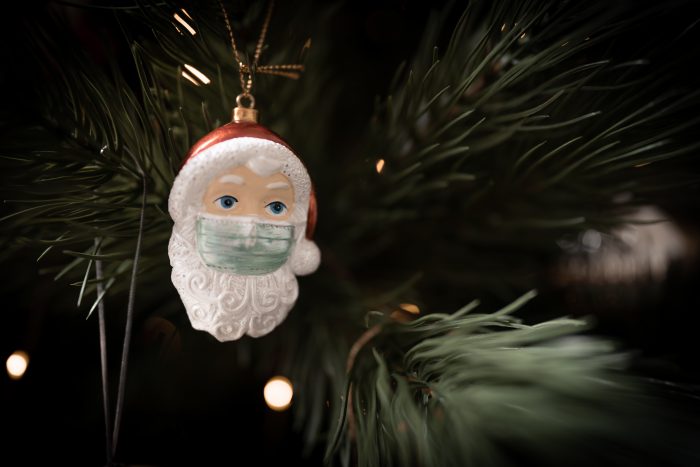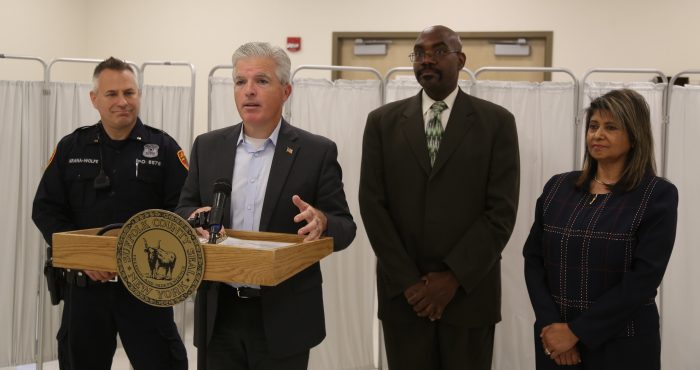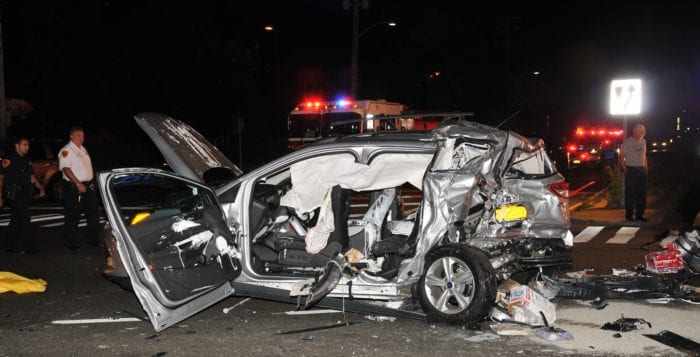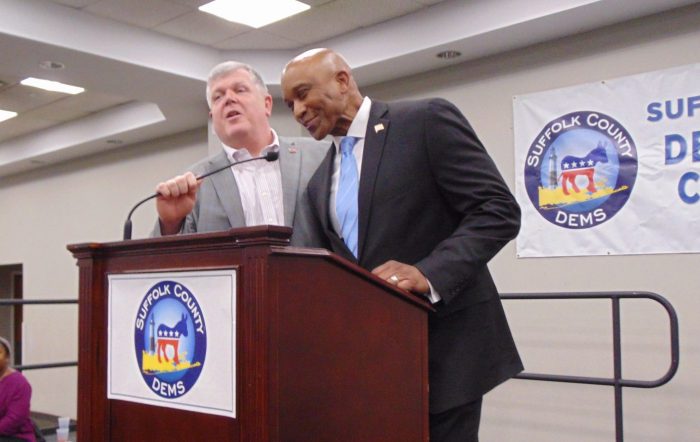When reading a police blotter — such as the one on page A6 — some people may be surprised at some of the incidents that occur in our towns and villages.
Take, for example, cars being broken into and the purses and laptops that were on one of the seats being stolen. Or people going around checking to see if a car door is open and, if it is, going inside the vehicle to see if there is anything valuable. Sometimes these incidents even involve teenagers seeing if they can find some loose change in the cupholder.
Police officers can’t be everywhere so the odds of one being nearby while someone is breaking a car window are next to impossible. And if someone is checking to see if a door is open, how are officers supposed to know if the vehicle belongs to the person or not?
When they are called to the scene, think of all the more serious incidents they are being taken away from to fill out a report for one that could have been prevented.
People who have grown up in a city know the golden rule, which is to lock doors, whether to a house or a car. It doesn’t matter if people are outside or inside their homes or vehicles. It can be as simple as that to reduce minor incidents in our communities. Also, valuables should never be left in plain sight in the car. If there is no choice, they should be put in the trunk, out of view.
Of course, we live in an imperfect world and crimes are going to happen even when people are careful.
TBR News Media has always encouraged neighborhood watches. In the early days of our media organization, The Village Times started the Neighborhood Watch in Suffolk County. Our editor at the time, Ann Fossan, was familiar with the Neighborhood Watch program from her home state of California. The program is easy enough to institute. Neighbors looking out their windows or walking down their driveways might spy an unfamiliar car or unknown person engaged in some inexplicable activity. They would then be encouraged by the police to call the nonemergency number of the local precinct and report it. The police do not feel they would be unnecessarily bothered; they welcome the cooperation of the public in order to do their jobs.
To work together as a neighborhood, the residents need to know how to alert each other. That means inviting neighbors over to a block leader’s home for coffee and exchanging phone numbers. In this way, people get to know their neighbors and, if there is a problem, everyone is alerted. Each block needs a block captain.
The result of our project was the alliance of 70 neighborhood groups which included 700 local families. At the time, teenage boys were going around checking to see if sliding patio doors on homes were open and, when they were, they would enter and commit theft. After establishing the Neighborhood Watch, the incidents decreased significantly.
Retirees can be especially effective with their oversight of local houses and streets from their homes.
Just the simple act of people being aware and mindful can make a difference. Frequently, discussions surround the fact that we need to show more support for law enforcement. This is one way to do that. Don’t aid and abet would-be criminals with careless behavior. Lock your doors and watch over your neighbors.

